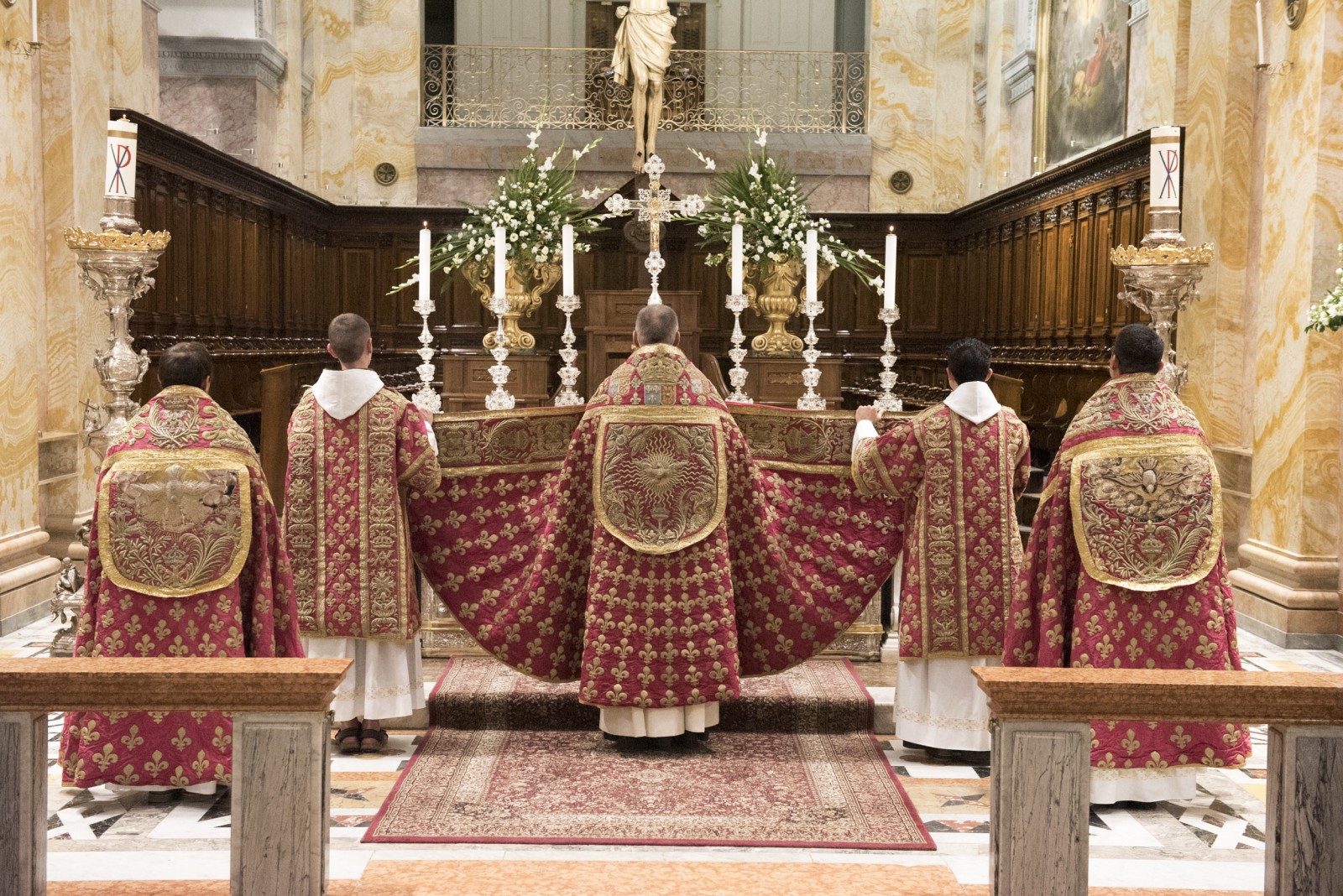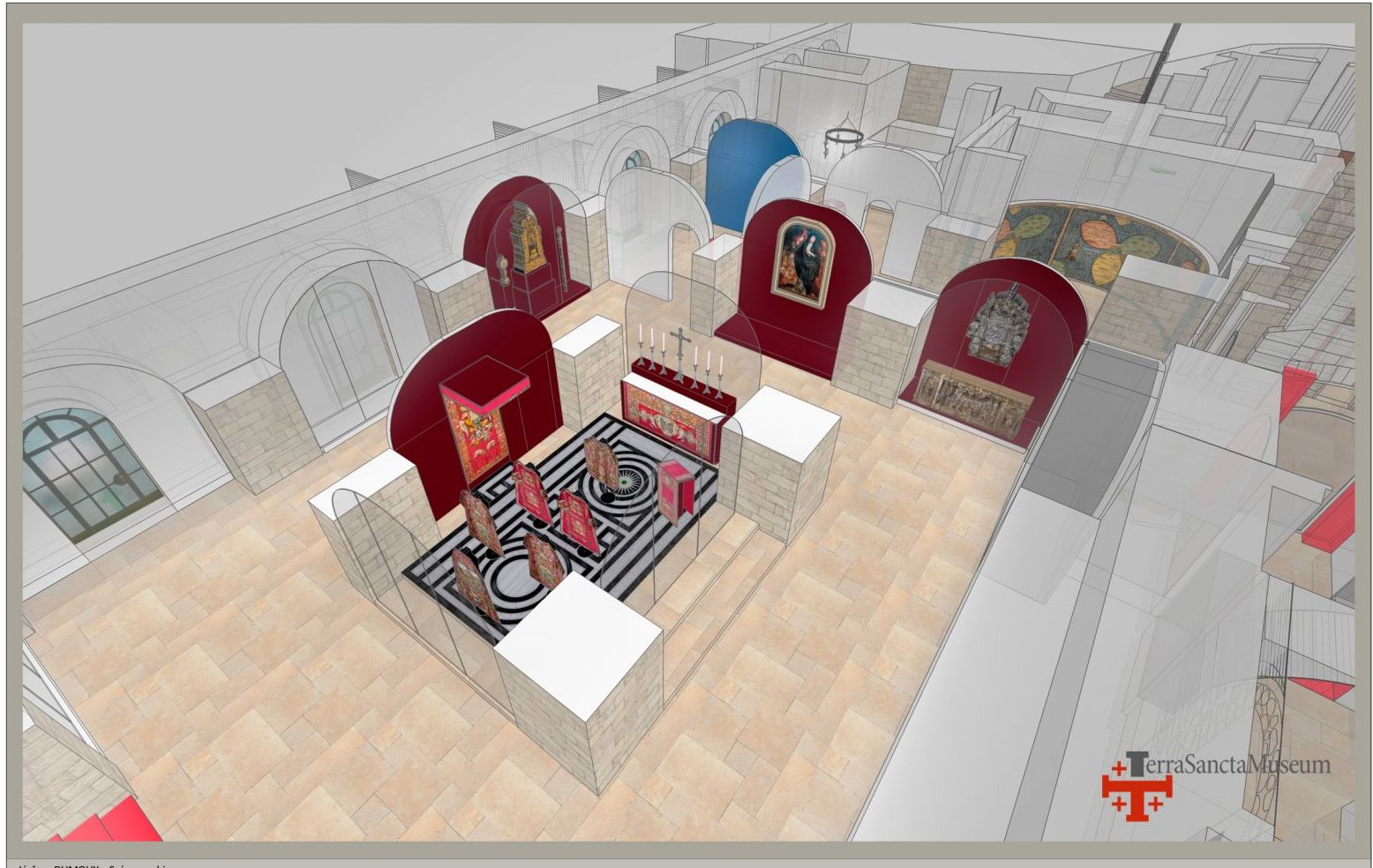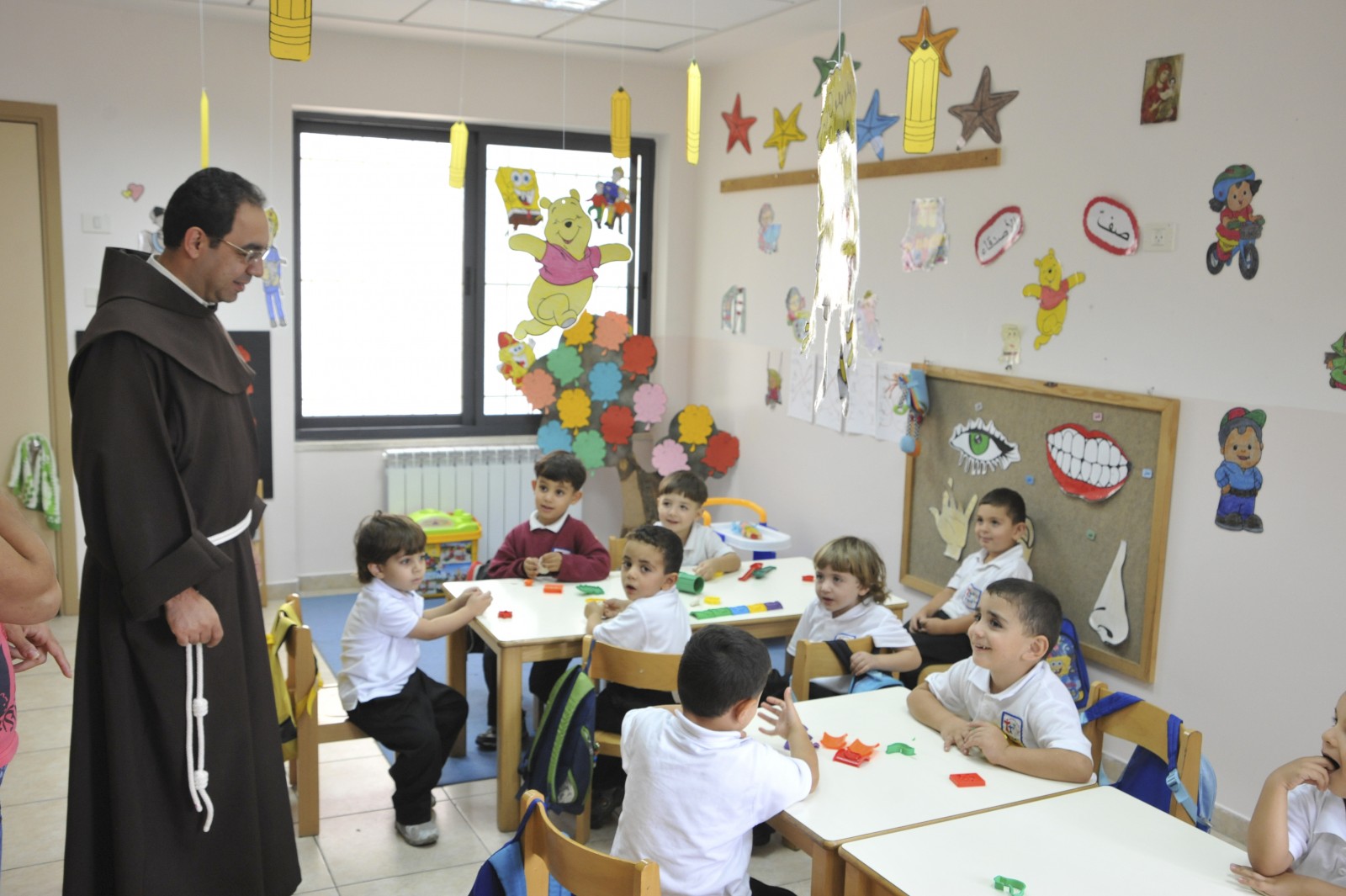The Museum of the Holy Sepulchre, hope for the Christians in the Holy Land
On the 4th October 2021 the historical museum housing “The treasure of the Holy Sepulchre” will be inaugurated in Jerusalem: it will display artworks safeguarded by the Franciscans over the centuries. The inauguration is scheduled for Saint Francis’ day.
The latter was the founder of the Order of Friars Minor. He went to the Holy Land in 1219, where he had sent some friars since 1217. The so-called “friars of the rope” – as they are still called today – were the only representative of the Church who was allowed to live there. They were appointed custodians of the Holy places in 1342 by Pope Clemente VI.
Over time, Royal Houses in Europe, Italian Republics as well as other Christian states showed their support to this Franciscan province called ‘Custody of the Holy Land’; Saint Francis called it the “pearl of Mission”. They also sent extraordinary works of art in order to testify their devotion to the Holy Places. All these religious objects have been carefully conserved: silverware, liturgical vestments, sculptures and paintings, illuminated manuscripts, pharmacy jars, attesting to the role the Franciscans play in the hospitality of the local population, Christian and not.
This treasure kept out of sight for centuries, was displayed in 2013 in Versailles. The exhibition was a great success with more than 300 thousand visitors in three months.
This success strengthened the idea of the opening of a permanent exhibition area, where the whole world could admire these unique objects. “These collections deserve a special frame“, according to Béatrix Saule, Honorary Director of the Palace of Versailles, chairwoman of the project’s Scientific Committee and person in charge of the creation of the exhibition area. The room dedicated to the French court’s gifts will showcase sumptuous liturgical vestments donated by Louis XII; these are the only examples still available in the world today.

[fr]Quelques éléments du vêtement liturgique offert par Louis XIII de France en 1621[/fr][en]Some elements of the liturgical vestment donated by Louis XIII of France in 1621[/en][it]Alcuni elementi del parato liturgico donato da Luigi XIII di Francia nel 1621[/it][es]Algunos elementos de la vestimenta litúrgica donada por Luis XIII de Francia en 1621[/es]
What is the role of this kind of museum nowadays? Certainly that of affirming the Christian identity of Jerusalem, at a historical time when this identity is being undermined, and despite the fact that the Holy Land is the cradle of Christianity.
For several decades, the geopolitics of this land, unlike any other lands, has caused tensions that led to waves of emigration. It is estimated that today Jerusalem’s Christian community is about 1% of the population, namely 8.000 people. This is a tragedy which is going unnoticed. Whereas at the beginning of the XX century the Christians represented 11% of Jerusalem’s population, waves of emigration concerned the Holy City and more generally the Holy Land. This is a consequence of the ongoing conflict between Israel and Palestine. The establishment of the museum has arrived at the right moment, at a time when the church in the Holy Land is getting weaker and is more fragile than ever before. Curiously, such avenue was lacking in Jerusalem, where both a Jewish and Islamic Art Museum exist.
The historical museum will be a place of exchanges, faithfully in accordance with the wish expressed by my predecessor Fra Pierbattista Pizzaballa in 2013. Pizzaballa is now Apostolic Administrator of the Roman Catholic Patriarchy of Jerusalem.
The museum project is a message of hope for the Christian people, proud of its history and its roots, willing to build its growth thorough dialogue with the entire world.
The Franciscans, the project promoters, opened in 2018 an archaeological section at the Monastery of the Flagellation along the Via Dolorosa. St. Saviour Monastery, headquarter of the Custody of the Holy Land for 460 years, will house the historical section in 2021, thanks to the generosity of its patrons and of anyone who believes in this project. Located under the Church of St. Savior, a space measuring 1.000 m2 will be able to welcome three hundred thousand visitors. Thus, it will allow both pilgrims from around the world and local populations to discover the role Jerusalem plays in the universal Church.
Today, the Franciscans’ pastoral ministry is held in 70 shrines and 29 parishes, among which the three largest of the Holy Land: Nazareth, Bethlehem, and Jerusalem. Service to the Arabic parishes is one of the Custody’s greater commitments. This ministry is held in schools and boarding schools (with more than 10.000 members), student housing, craft workshops, parish clubs, rest houses for elderly, extracurricular activities, summer camps and dispensaries. The Custody offers low-cost housing for low-income families.

[it]Una delle sale del futuro Terra Sancta Museum nel progetto del museografo Jérôme Dumoux[/it][fr]Une des salles du futur Terra Sancta Museum dans le projet du muséographe Jérôme Dumoux[/fr][es]Una de las salas del futuro Terra Sancta Museum en el proyecto del museógrafo Jérôme Dumoux[/es][en]One of the rooms of the future Terra Sancta Museum in the project of the museographer Jérôme Dumoux[/en]

[en]Bethlehem, School of the Holy Land Kindergarten ©N. Halloun/CTS[/en][it]Betlemme, asilo della Scuola di Terra Santa ©N. Halloun/CTS[/it][fr]Bethléem, école maternelle de Terre Sainte ©N. Halloun/CTS[/fr][es]Belén, Escuela de Tierra Santa Kindergarten ©N. Halloun/CTS[/es]
The historical section will be inaugurated almost 800 after saint Francis’ visit to the Holy Land. A prophetic sign for the eternal city where the son of God lived and arose from the dead. The history of Christianity began in Jerusalem, the right place to return to discover this bi-millennial history.
Fra Francesco Patton, Custos of the Holy Land
Fra Stéphane Milovitch, Head of the Cultural Heritage Office of the Custody of the Holy Land




